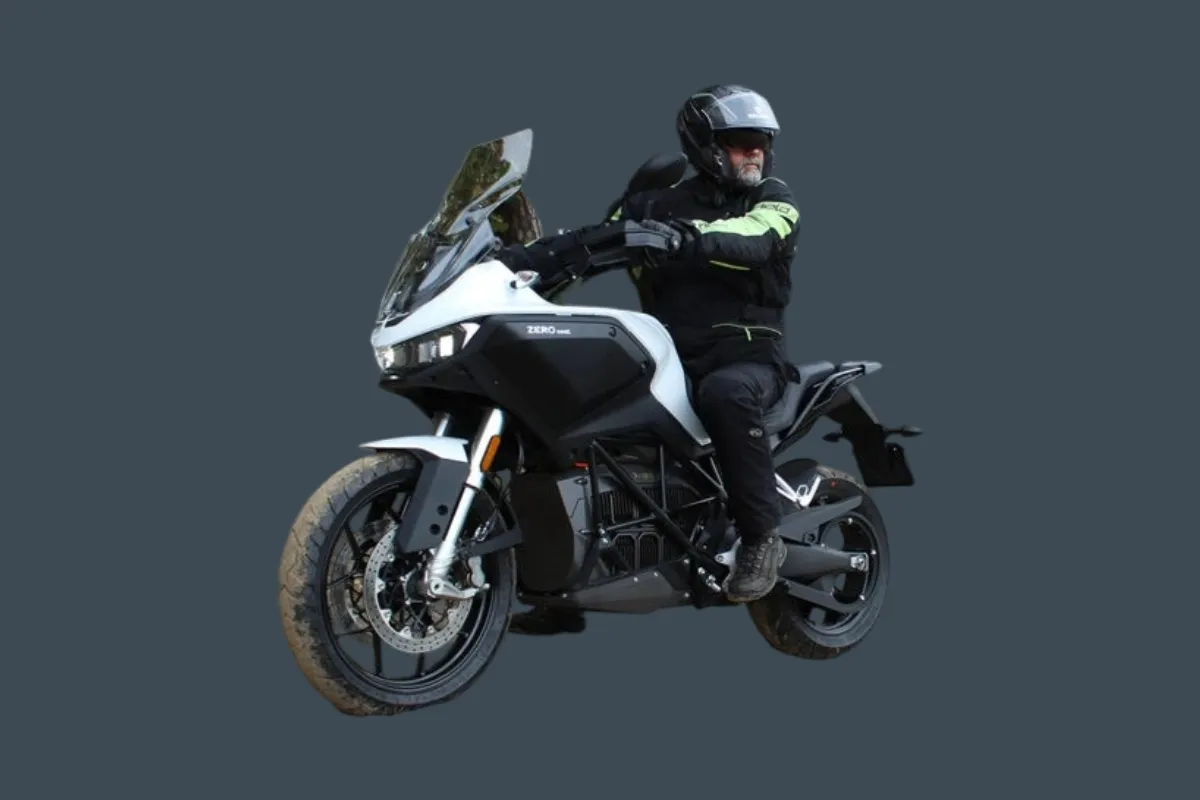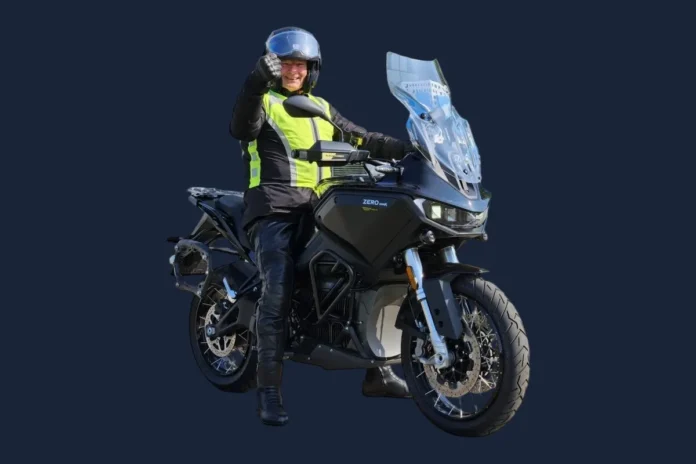The electric vehicle revolution is gaining momentum across Europe, and the Netherlands, known for its progressive stance on sustainability, is no exception. Zero Motorcycles, a global leader in electric motorcycle manufacturing, has introduced its new XE and XB models to the Dutch market in 2025. These models are designed to make electric motorcycles more accessible to a wider audience, even as the Dutch government implements a new tax policy affecting electric vehicles. This article, brought to you by CommaFast, explores how Zero’s innovative approach is a game-changer for Dutch riders interested in technology and electric mobility.
The New BPM Tax Ruling
Background on BPM Tax
In the Netherlands, the Private Motor Vehicle and Motorcycle Tax (BPM), or Belasting van Personenauto’s en Motorrijwielen, is a one-time tax levied when a vehicle is registered for the first time. Historically, electric vehicles, including motorcycles, enjoyed exemptions or significant tax breaks due to their zero-emission status. However, starting in 2025, electric motorcycles are no longer exempt and are subject to BPM, calculated as 19.4% of the net list price minus €210 .
This change has raised concerns among electric vehicle enthusiasts, as it increases the upfront cost of purchasing an electric motorcycle. For instance, a motorcycle with a list price of €9,200 incurs a BPM of €1,574.80 (€9,200 × 0.194 – €210), resulting in a total cost of €10,774.80. Unlike cars, where BPM is based on CO2 emissions, motorcycle BPM is solely tied to the list price, making no distinction between electric and internal combustion engine (ICE) models.
Impact on Electric Motorcycles
The introduction of BPM for electric motorcycles has sparked debate. Previously, electric motorcycles benefited from tax exemptions, making them more competitive against ICE counterparts. The new ruling, effective from January 2025, removes these exemptions, aligning electric motorcycles with ICE motorcycles in terms of taxation . Additionally, electric motorcycle owners now face road tax, further increasing ownership costs. Critics argue this could hinder the adoption of sustainable transport, especially in a country with a relatively small motorcycle market of about 700,000 bikes in 2023, compared to 1.3 million in the UK.

Zero Motorcycles’ Strategic Response
Introducing the Zero XE and XB
To counter the financial impact of the BPM tax, Zero Motorcycles has launched the XE and XB models, which are significantly more affordable than their previous offerings. Announced in November 2024, these models target a broader audience by competing with lower-cost electric bikes and even scooters .
Pricing and Affordability
The affordability of the XE and XB models is a key factor in their appeal. With a list price of approximately €9,200, these models are a stark contrast to Zero’s earlier models, such as the SR/S, which had a list price of €19,990. The following table compares the costs, including BPM, for these models against a popular ICE motorcycle:
| Model | List Price (€) | BPM (€) | Total Cost (€) |
|---|---|---|---|
| Zero XE | 9,200 | 1,574.80 | 10,774.80 |
| Zero SR/S (2024) | 19,990 | 3,670 | 23,660 |
| Yamaha MT-07 (ICE) | 7,999 to 8,999 | 1,422.80 to 1,616.80 | 9,421.80 to 10,615.80 |
While the Zero XE is slightly more expensive than the Yamaha MT-07, a popular ICE motorcycle, it remains significantly cheaper than Zero’s previous models. This pricing strategy makes electric motorcycles a viable option for budget-conscious riders, even with the added BPM tax.
Promotional Incentives
To further enhance affordability, Zero Motorcycles, in collaboration with dealers like Electric Motorbikes Nederland, has introduced the “2025 Go Electric Incentive” campaign. Running from January 1 to June 30, 2025, this initiative offers discounts of up to €6,000 on select models, making the switch to electric even more attractive .
Benefits of Choosing Electric Motorcycles
Electric motorcycles offer several advantages that make them appealing to Dutch riders, despite the new tax:
- Lower Operating Costs: Electric motorcycles require less maintenance than ICE models, with no oil changes or complex engine repairs. Electricity costs are also lower than gasoline, especially with rising fuel prices.
- Environmental Impact: With zero tailpipe emissions, electric motorcycles support the Netherlands’ ambitious climate goals, reducing air pollution in urban areas.
- Performance Advantages: Electric motors deliver instant torque, providing quick acceleration and a responsive riding experience, ideal for navigating Dutch roads.
- Quiet Operation: The near-silent operation of electric motorcycles reduces noise pollution, enhancing the riding experience in cities and residential areas.
These benefits align with the Netherlands’ push for sustainable transport, making electric motorcycles an attractive choice for eco-conscious riders.
Market Reception and Dealer Feedback
The launch of the Zero XE and XB has generated significant excitement among Dutch riders. Dealers, such as Electric Motorbikes Nederland and Autobedrijf Roeleveld, report increased inquiries and test ride bookings, indicating strong consumer interest . The affordability of these models, combined with their performance and environmental benefits, has resonated with both new and experienced riders.
The Netherlands’ motorcycle market, while smaller than that of the UK or the US, is showing signs of growth in the electric segment. In the first quarter of 2025, electric vehicle sales in the Netherlands rose by 12.4%, despite a 2.3% decline in the overall motorcycle market . This suggests that affordable models like the Zero XE and XB are tapping into a growing demand for sustainable two-wheelers.
Challenges and Controversies
The introduction of BPM tax on electric motorcycles has not been without controversy. Industry advocates, such as those at The Pack, argue that taxing electric motorcycles undermines efforts to promote sustainable mobility . They point out that electric cars face a lower BPM rate (€360 flat in 2025), creating an uneven playing field for two-wheelers. This disparity has led to calls for policy revisions to better support electric motorcycle adoption.
Additionally, the removal of road tax exemptions for electric motorcycles from 2025 adds to the cost of ownership, potentially deterring some buyers. However, Zero’s focus on affordability helps mitigate these challenges, ensuring that electric motorcycles remain competitive.
Future Outlook for Electric Motorcycles in the Netherlands
The Netherlands is committed to reducing carbon emissions, with policies aimed at promoting electric vehicles. While the BPM tax presents a hurdle, Zero Motorcycles’ strategic pricing and innovative models demonstrate that electric mobility can remain accessible. The company’s “All Access” plan, announced in 2024, aims to introduce six new models under €10,000 by 2027, further expanding the market .
As infrastructure for electric vehicles improves, with over 200,000 charging points projected by 2025, the practicality of owning an electric motorcycle in the Netherlands will increase . This, combined with growing consumer awareness, positions electric motorcycles as a key component of the Netherlands’ sustainable transport future.
Conclusion
Zero Motorcycles’ launch of the XE and XB models in 2025 marks a significant step toward making electric motorcycles more affordable in the Netherlands. Despite the new BPM tax, these models offer a cost-effective, eco-friendly alternative to traditional motorcycles, appealing to a wide range of riders. With strong market reception and ongoing promotional incentives, Zero is paving the way for a greener, more accessible future for Dutch motorcyclists. CommaFast is excited to share this development, highlighting the potential for electric mobility to transform the riding experience.




